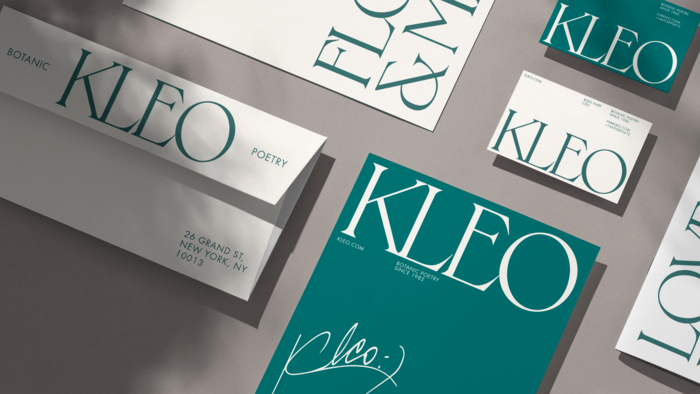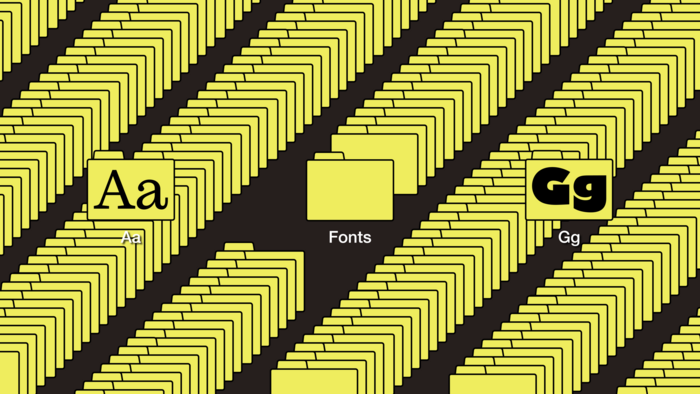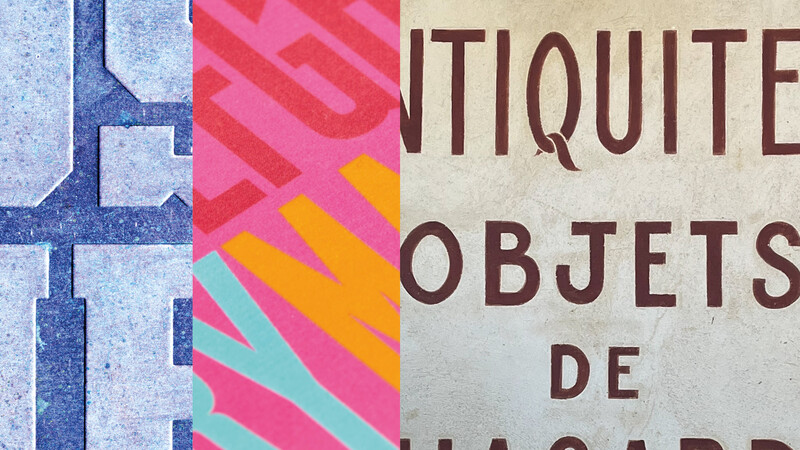How to buy fonts for commercial use.

Web fonts
Design
Brand fonts
Carefully selected after much deliberation, the perfect font can make the difference between a lackluster marketing campaign and a strong brand identity that leaves an unforgettable impression.
But if you plan to use fonts to create commercial materials, there are some important legal considerations to keep in mind. Before you use a font for your next commercial project, you’ll want to be certain that you’ve sorted out the font licensing. Keep reading and we’ll explain how to buy fonts for commercial use, providing all the info you need to make sure you have the right licenses and your font use is completely lawful.
What counts as “commercial use” when it comes to fonts?

Desktop and web font licenses: choosing the right licensing model
When you’re purchasing fonts for commercial use, you must consider which font licensing model you’ll need. Desktop licenses and web font licenses are two of the most common font licensing categories:
- Desktop licenses allow you to install fonts on your computer for use in design programs.
- Web font licenses allow you to embed fonts into the code of a website or email.
What happens if I don’t buy a font for commercial use?
How do I know if a font is free for commercial use?

Where should I buy fonts for commercial use?
Rather than buying individual fonts—and attempting to keep track of each of their licenses over time and throughout your agency—you can streamline your typographic process by investing in a font subscription that includes a font manager, which centralizes all your fonts in one unified library.
Monotype Fonts is the premier all-in-one cloud-based font manager. With a Monotype Fonts subscription, you and your creative team gain instant access to more than 150,000 professional-grade fonts from the Monotype library and their foundry partners, plus built-in organization for your existing font collection.
Choose from a range of Monotype Fonts subscriptions for individuals, teams, and large enterprises to customize your plan for your commercial needs. Access every font type imaginable—and breathe easy knowing there’s no risk of that dreaded “missing fonts” error.


